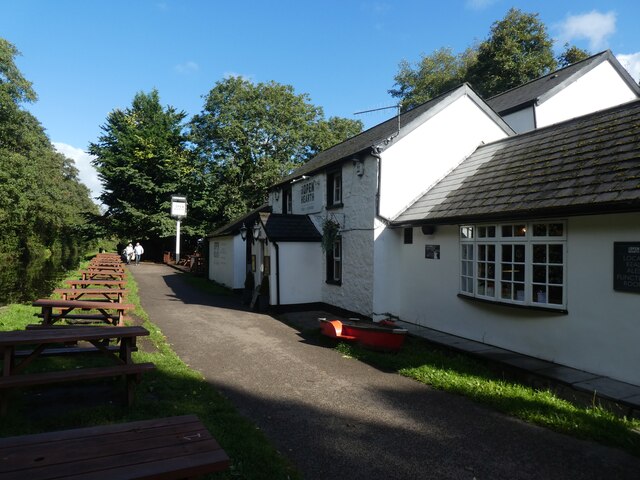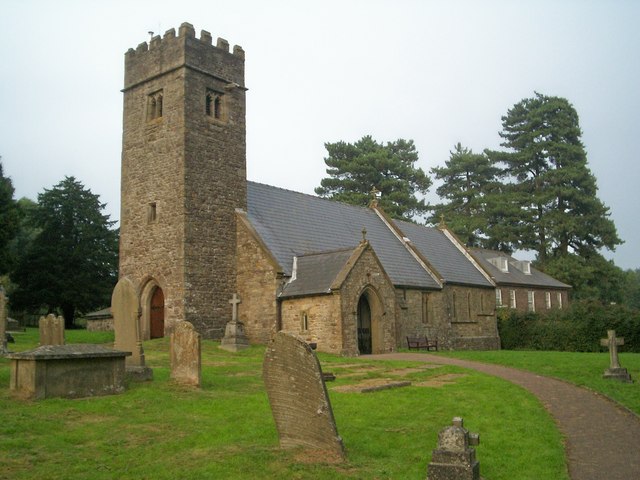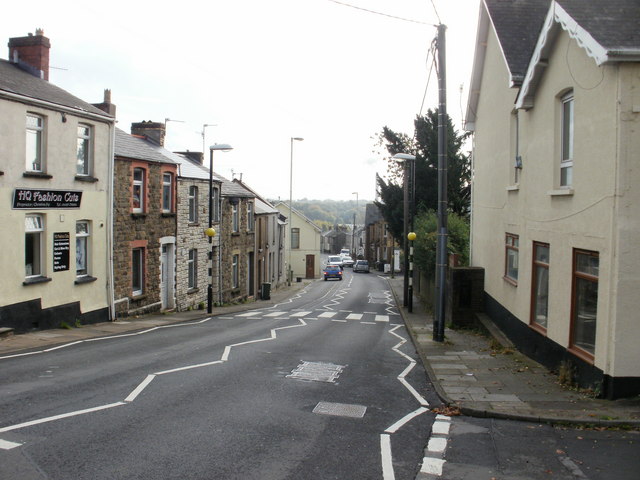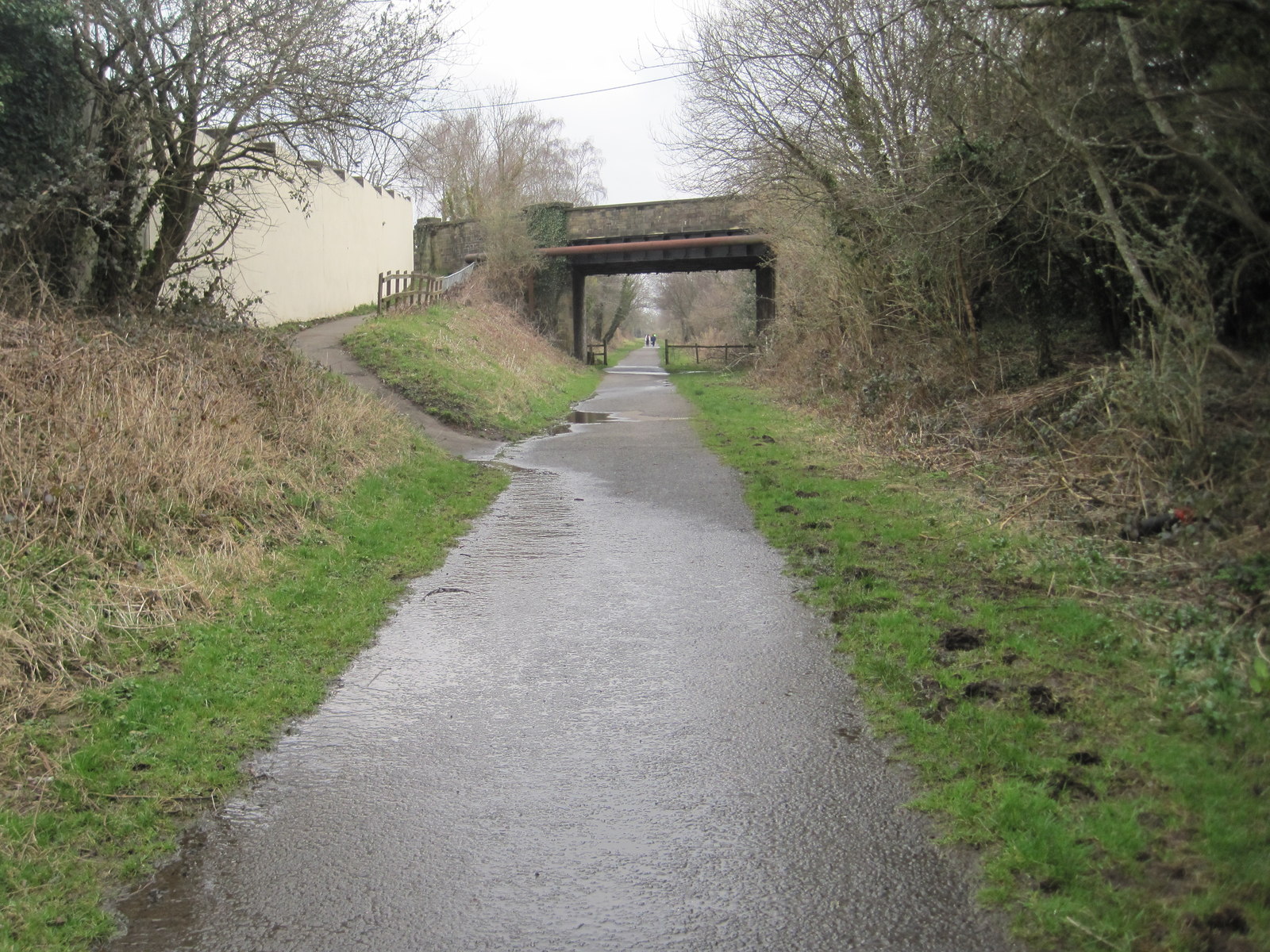Butcher's Wood
Wood, Forest in Monmouthshire
Wales
Butcher's Wood

Butcher's Wood is a picturesque forest located in Monmouthshire, Wales. Situated near the village of Trellech, it covers an area of approximately 50 acres, making it a relatively small woodland compared to others in the region. Despite its size, Butcher's Wood is highly regarded for its natural beauty and abundant wildlife.
The woodland primarily consists of deciduous trees, such as oak, beech, and ash, which create a dense and enchanting canopy. The forest floor is carpeted with a variety of wildflowers, ferns, and mosses, adding to its enchanting appeal. Numerous walking trails wind their way through the wood, inviting visitors to explore and immerse themselves in its serene atmosphere.
Butcher's Wood is home to an array of wildlife, making it a popular destination for nature enthusiasts. Birdwatchers can spot a variety of species, including woodpeckers, owls, and various songbirds. The forest is also inhabited by small mammals such as squirrels, rabbits, and foxes. On occasion, lucky visitors may even catch a glimpse of deer or badgers.
In addition to its natural beauty, Butcher's Wood holds historical significance. It is believed to have been named after the Butcher family, who were local landowners in the area. The wood is said to have been used for timber and hunting in the past, and remnants of old hunting paths can still be seen today.
Overall, Butcher's Wood is a hidden gem in Monmouthshire, offering visitors a tranquil escape into nature. With its stunning scenery, diverse wildlife, and historical charm, it is a must-visit for anyone seeking a peaceful and enriching woodland experience.
If you have any feedback on the listing, please let us know in the comments section below.
Butcher's Wood Images
Images are sourced within 2km of 51.68318/-3.0163938 or Grid Reference ST2998. Thanks to Geograph Open Source API. All images are credited.







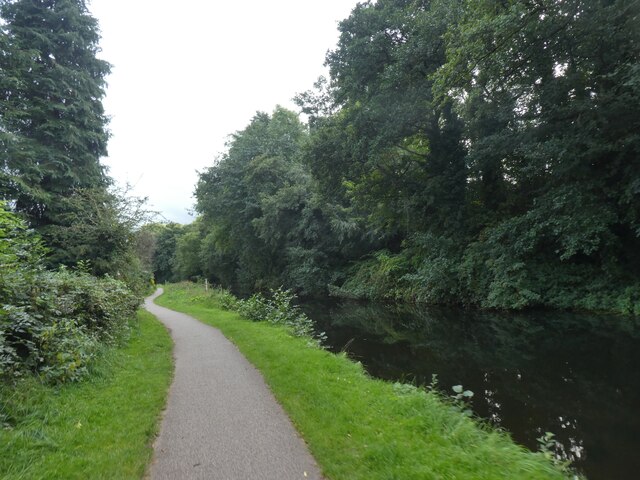

Butcher's Wood is located at Grid Ref: ST2998 (Lat: 51.68318, Lng: -3.0163938)
Unitary Authority: Torfaen
Police Authority: Gwent
What 3 Words
///frost.wink.pouch. Near New Inn, Torfaen
Nearby Locations
Related Wikis
Panteg and Griffithstown railway station
Panteg and Griffithstown railway station was a railway station which served Griffithstown near Pontypool in Torfaen, South Wales, UK. == History == The...
Panteg
Panteg (Welsh: Pant-teg) is a large village and community in the county borough of Torfaen, Wales. It is adjacent to Griffithstown, between the towns of...
Panteg Steel Works
The Panteg Steel Works was situated in the village of Panteg, adjacent to Sebastopol, and Griffithstown, in the district of Torfaen, South Wales. The steel...
Sebastopol, Torfaen
Sebastopol is the southernmost suburb of Pontypool in the county borough of Torfaen, within the historic boundaries of Monmouthshire in South Wales. It...
St Hilda's Church, Griffithstown
St Hilda's Church is the Church in Wales (Anglican) parish church of Griffithstown in Torfaen in south-east Wales. The church stands on the corner of Kemys...
Griffithstown
Griffithstown is a large suburb of Pontypool in the borough of Torfaen, Wales, within the historic boundaries of Monmouthshire. It is an ecclesiastical...
Sebastopol railway station
Sebastopol railway station was a railway station which served the village of Sebastopol near Pontypool in Torfaen, South Wales, UK. == History == The station...
Polo Grounds, New Inn
The Polo Grounds, Pontypool Road was a sports ground and former greyhound racing track in New Inn, near Pontypool, Torfaen, south Wales. The Polo Ground...
Related Videos
Running Pontypool parkrun-Volunteering as Tail Walker. Giving Blood & parkrun Tourism-The Full Ponty
I headed to Pontypool parkrun in my quest to complete the Full Ponty... just Pont y Bala to go! Inadvertently this is probably my ...
Water under the bridge - น้ำใต้สะพาน
Canal walk from Pontymoile basin in the UK เดินคลองจากแอ่ง Pontymoile ในสหราชอาณาจักร #canal #wales #uk.
Elf on the Shelf Caught Moving on Camera!! Actual Footage!!
Genuine security camera footage of our elves moving! I was determined to catch the elves moving so I set up several secret ...
คนไทยกับเห็ด - Thai people and mushrooms🤣🤣
Finding Mushrooms out walking along the canal in Wales, UK ตามหาเห็ดเดินเล่นริมคลองในเวลส์ สหราชอาณาจักร #mushrooms ...
Nearby Amenities
Located within 500m of 51.68318,-3.0163938Have you been to Butcher's Wood?
Leave your review of Butcher's Wood below (or comments, questions and feedback).








